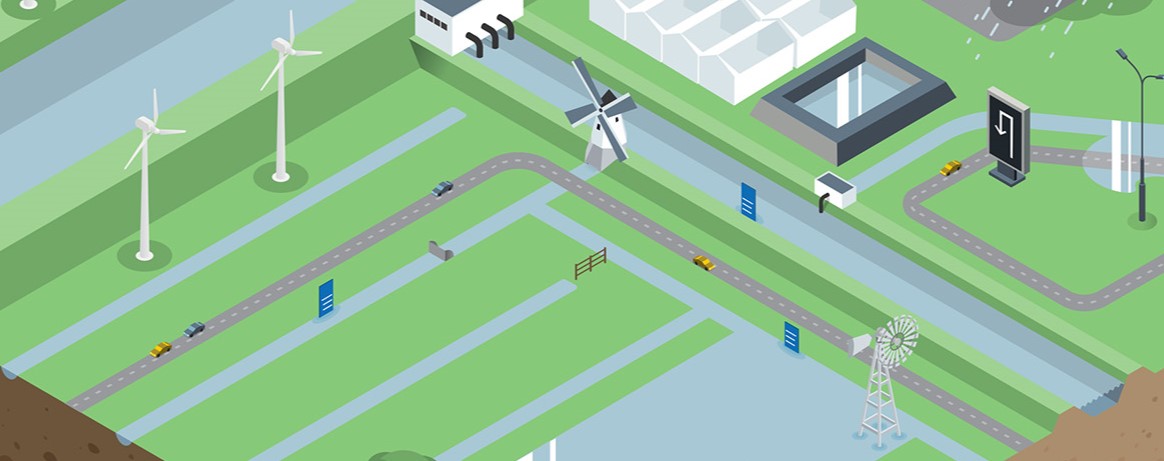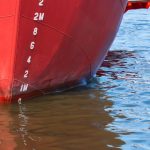
Turning data into action!
What do water management and traffic management have in common? At first sight, they are not adjacent domains: water is not traffic, is not a human thing, and can therefore be easily diverted and guided. The consequences of getting water management wrong are very clear: flooded homes and inundated roads, or even parts of the country. The stakes are not as high in traffic management on highways or in urban areas: there, at worst, people will be home a bit later or miss an appointment.
And yet the two themes are more similar than you might imagine. Both are about managing flows (of traffic or of water) that can only be predicted up to a point. Both rely on tools and equipment, such as traffic lights, route information panels, or ramp metering in traffic management, and pumping stations, locks, or sluices in water management.
In both domains, the demand for ICT-supported measures is growing. This is due to the ageing of staff, declining know-how among government authorities, wider staff shortages, and limited recruitment of young, enthusiastic new colleagues who can take over. Using ICT can help automate some of the knowledge that is currently only in the heads of people. On the one hand this relieves some of the challenges that result from staff shortages, on the other it offers opportunities to enhance the effectiveness of measures due to new technology. This is good news at a time when new issues are appearing on the horizon in both domains that require new measures or attention, such as rising sea levels or the introduction of autonomous vehicles.
In essence, ICT makes it possible to connect data sources to actuators (as mentioned) in the field. This data-driven way of working makes it possible to realize what the title envisages: turning data into action! Examples are: reducing waiting times for cyclists at traffic lights in the rain, or conversely lengthening green time periods if there is a lot of traffic around a stadium before and after an event. Examples from water management are: lowering groundwater levels in polders and enhancing buffer space around greenhouses if large showers are expected. This can also prevent overloading of the water chain and sewage overflow.
Introducing smart measures such as these requires preparation. This includes both strengthening partnerships and defining common goals, as well as developing the necessary technologies such as data sources and control platforms.
Lessons from traffic management can be useful in water management – an example is the development of technical protocols such as IVERA and DVM-Exchange, including the associated governance by combinations of private parties and government authorities. An example from water management is the Digital Delta API that is currently being developed.
Conversely, lessons from water management can also be used in traffic management. Modeling of the behavior of water and the effects of interventions is much more developed and can be mapped on a much large scale for water than in traffic management.
Our advice is to learn from each other, to inspire each other, and if necessary to help each other to advance. In this way we can avoid wasting our energy and taxpayers’ money by reinventing the wheel in every domain.



